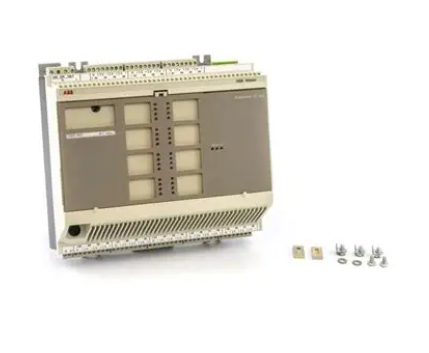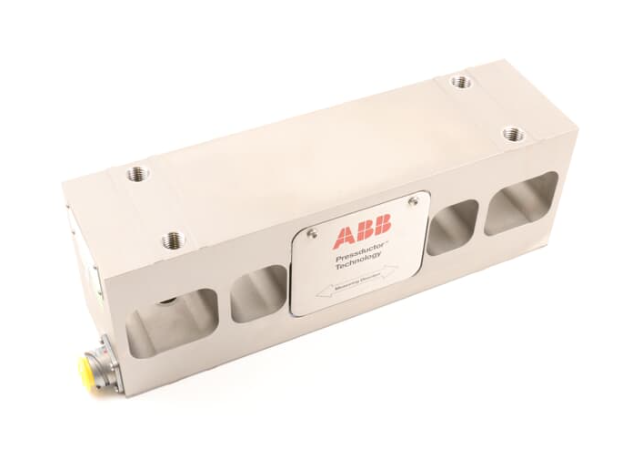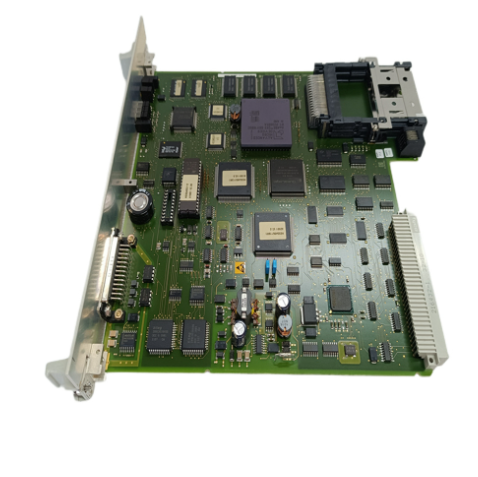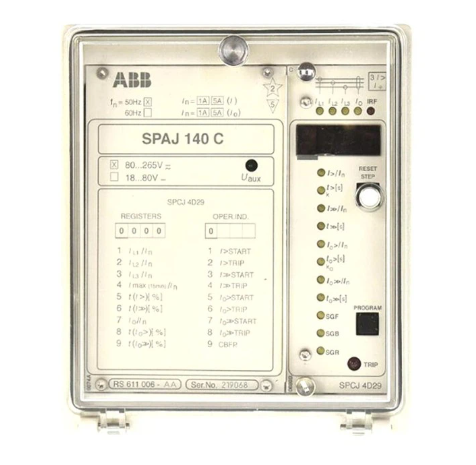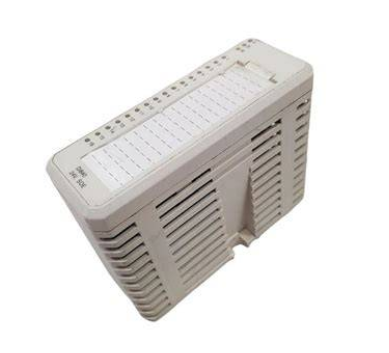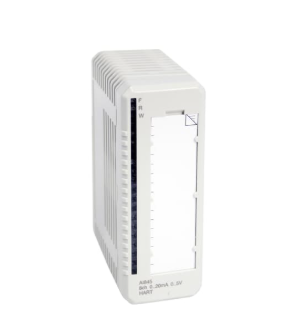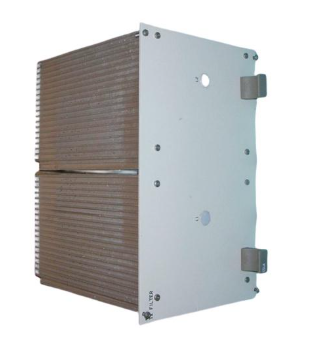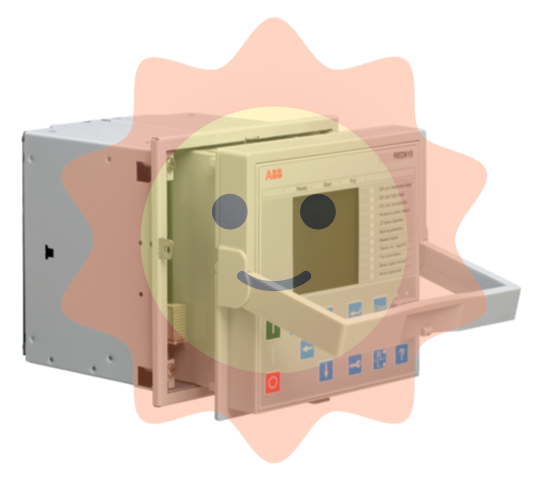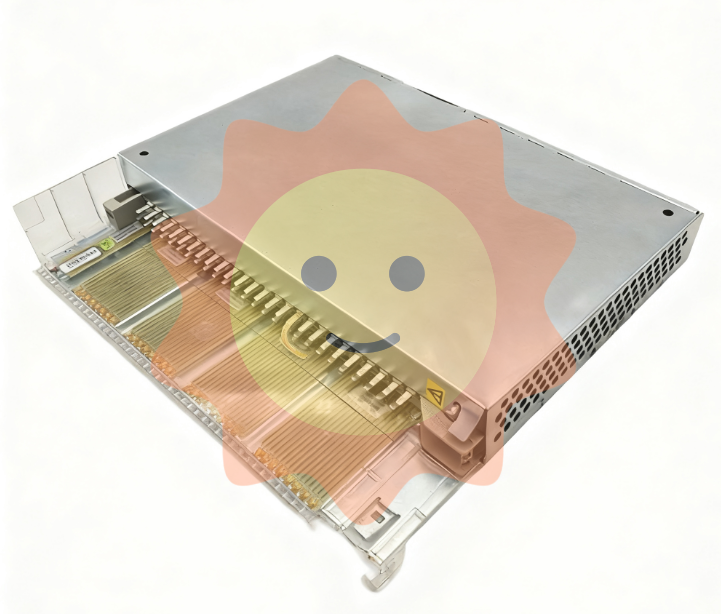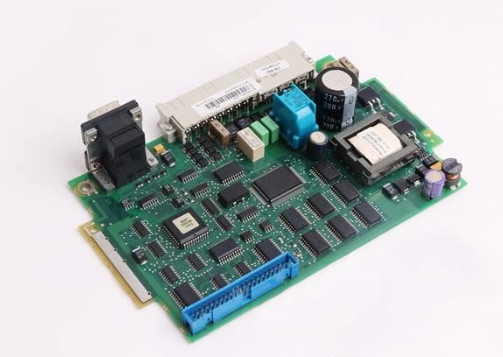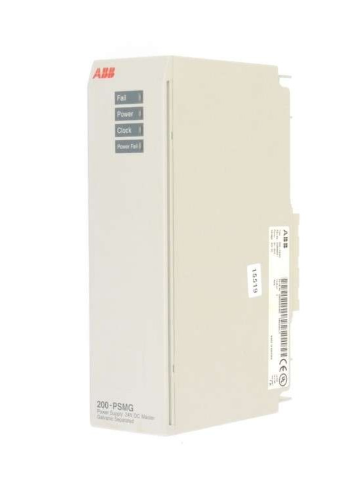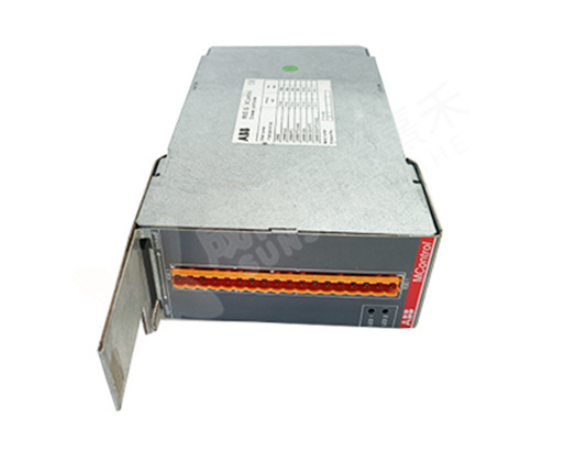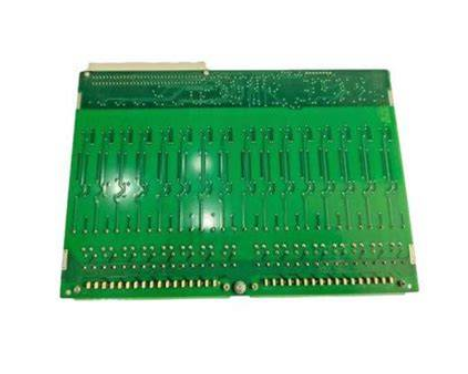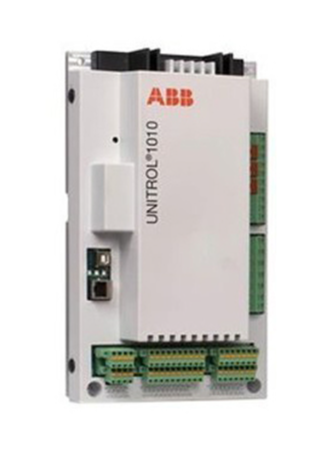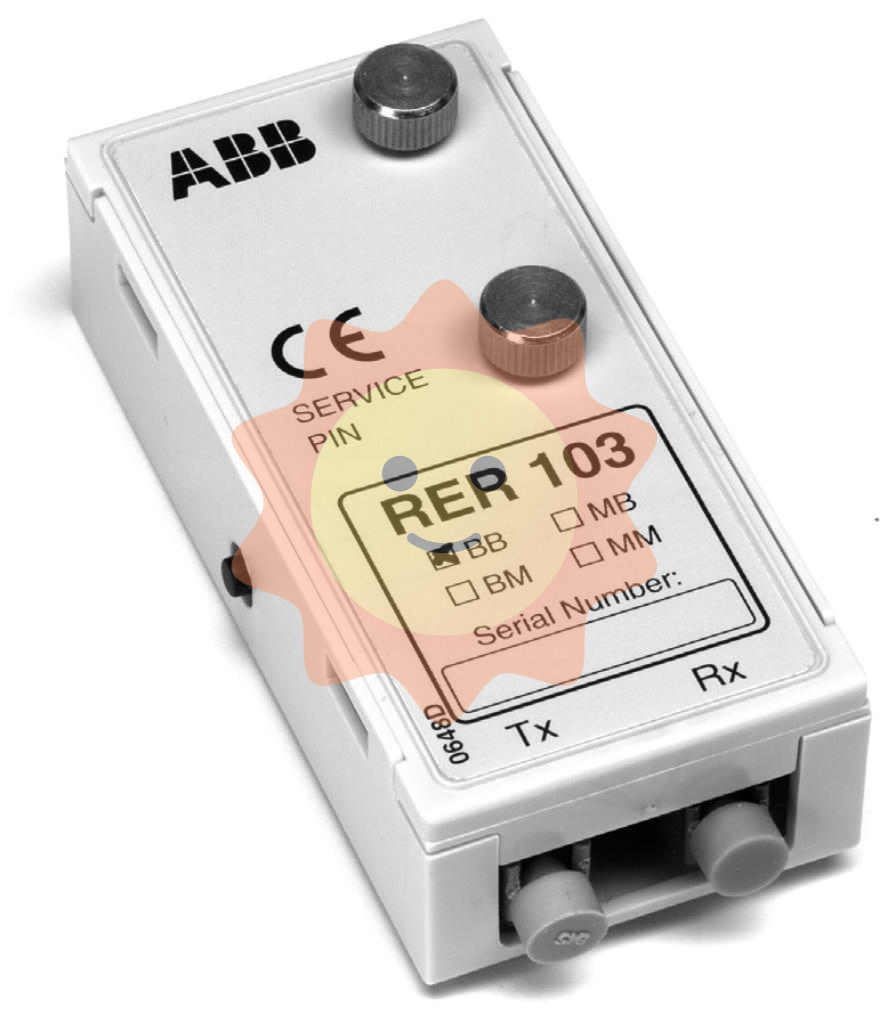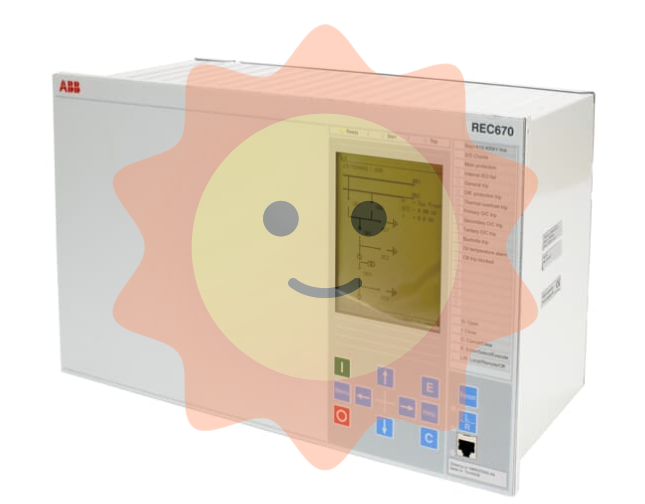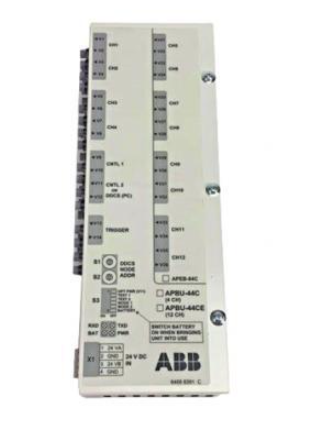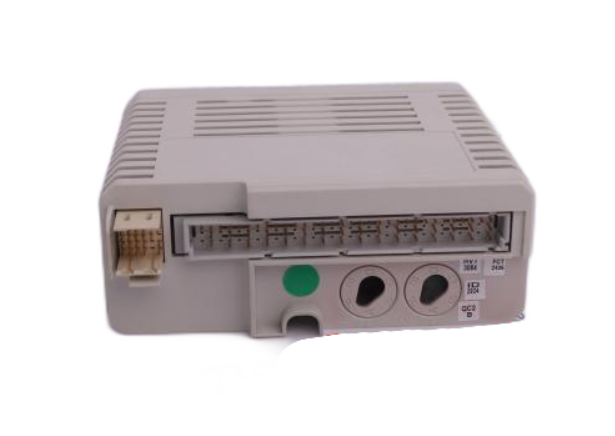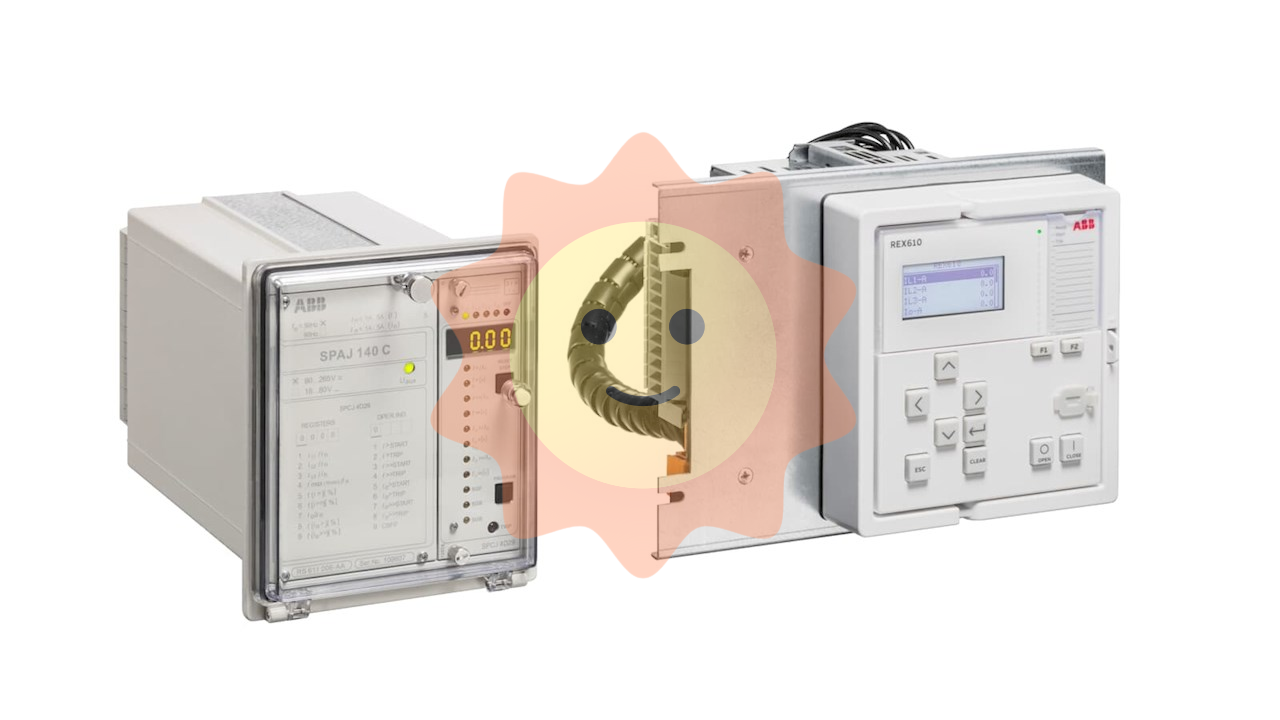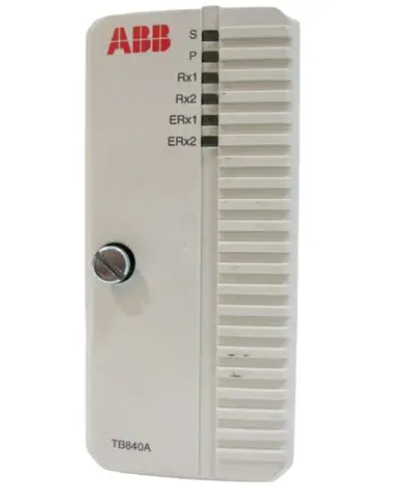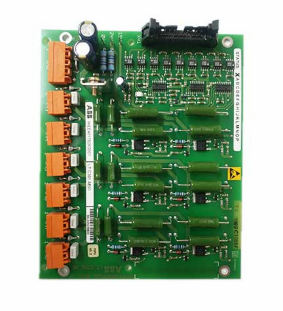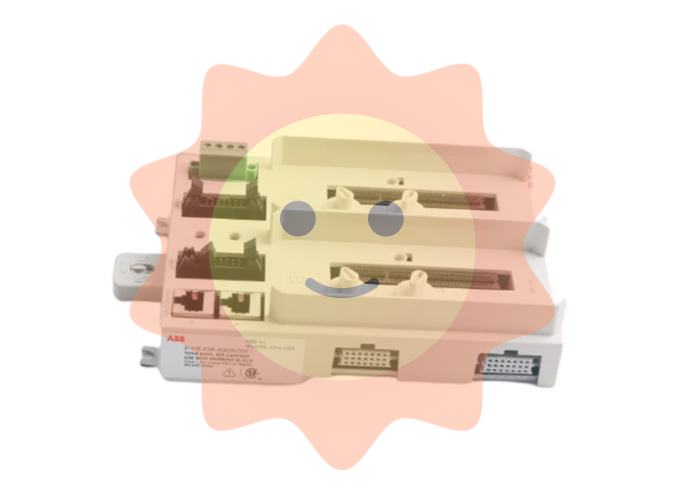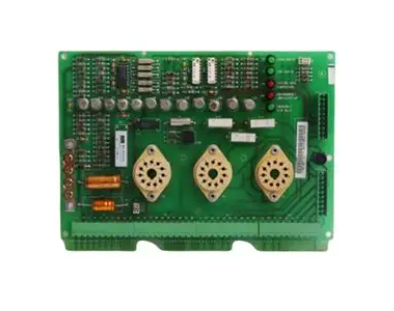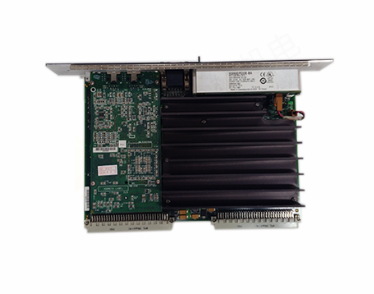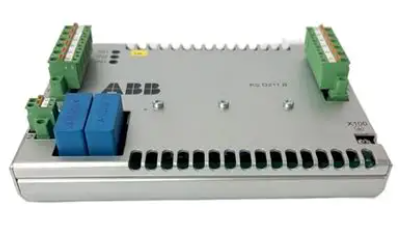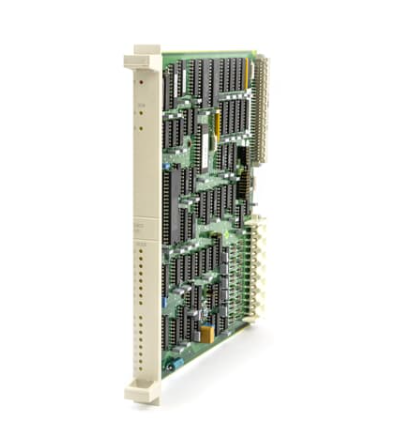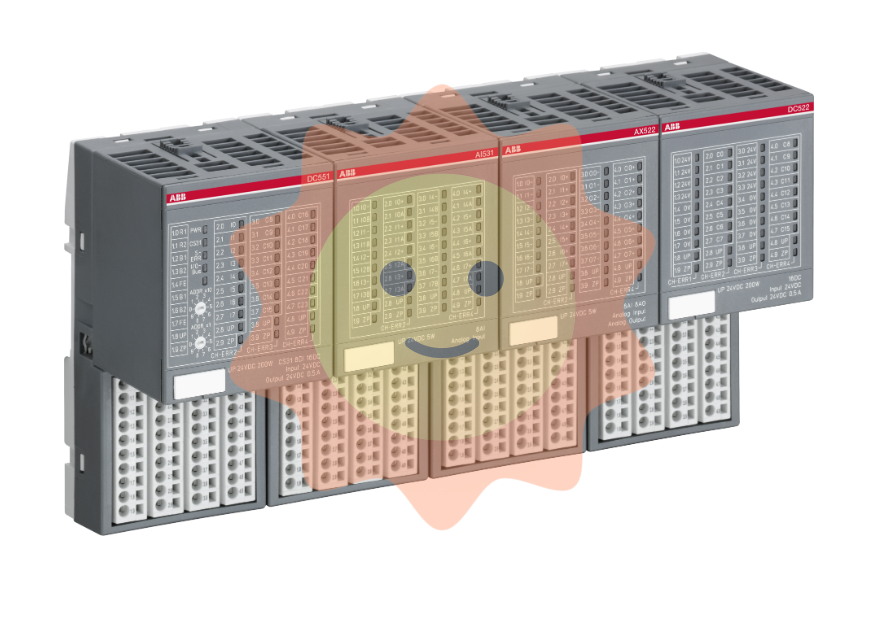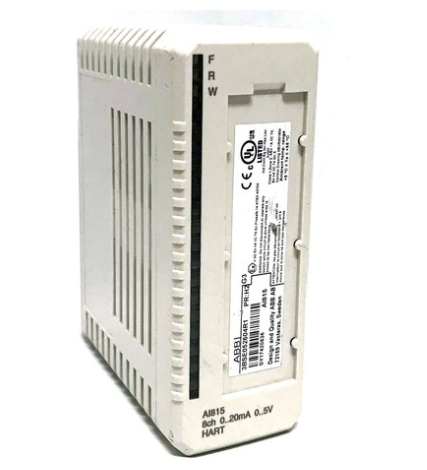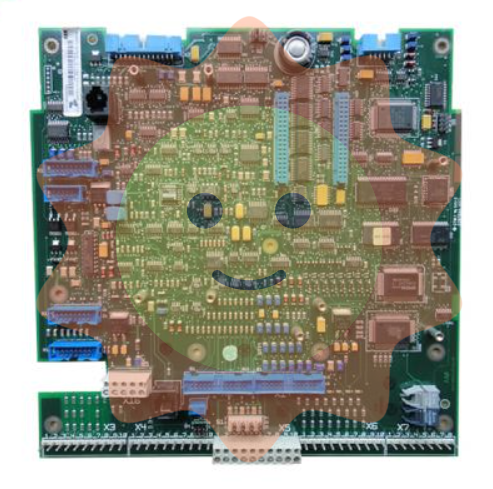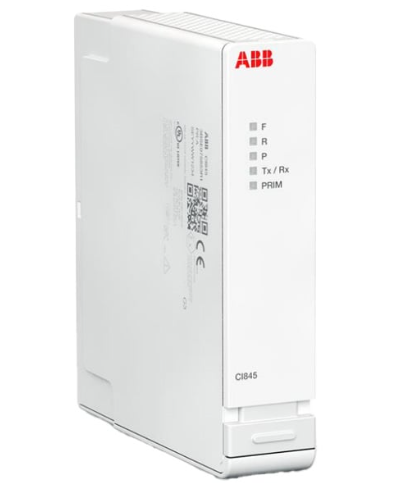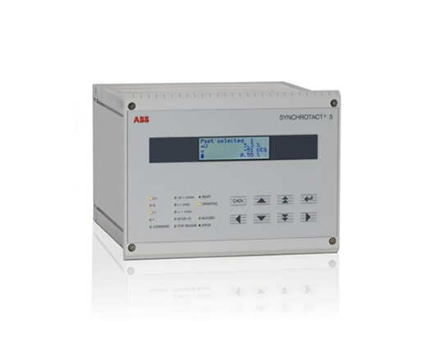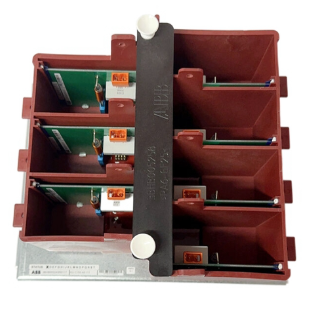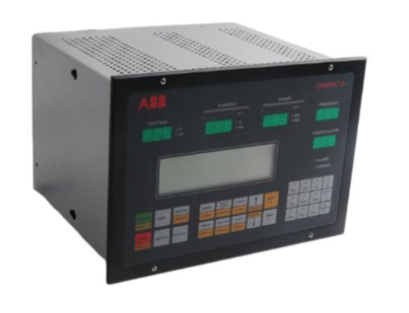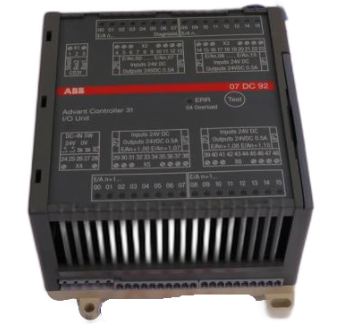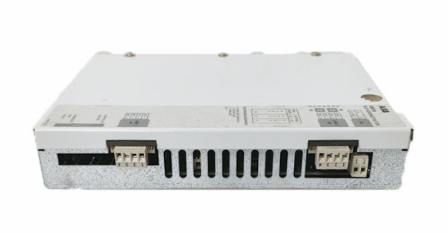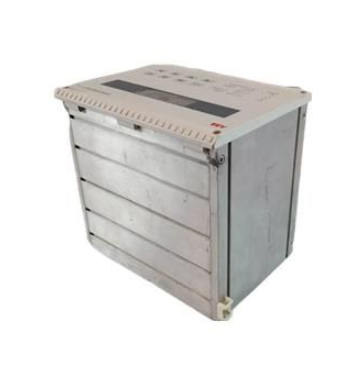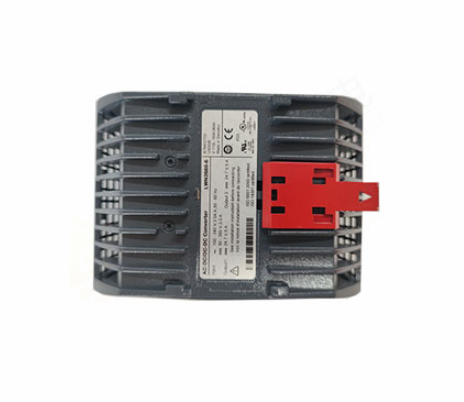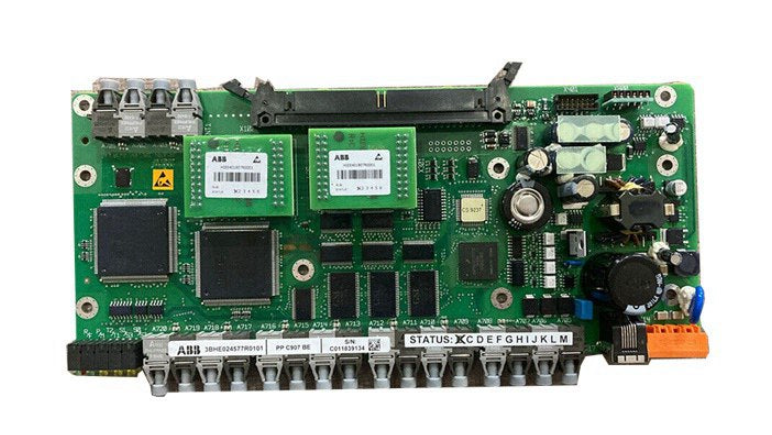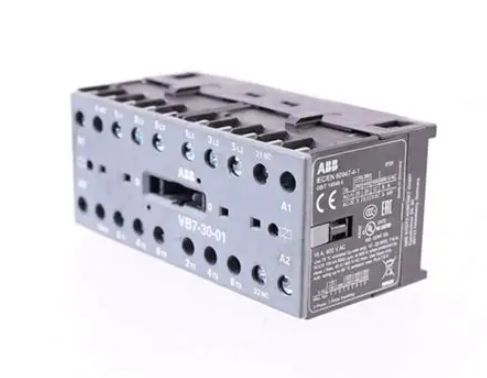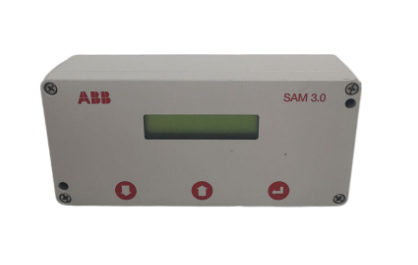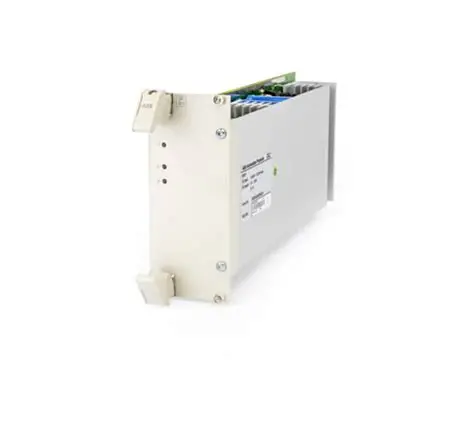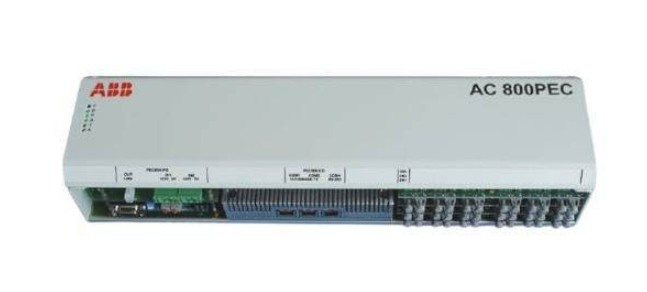Mine fire is a serious hazard, so the prevention and control measures are very important
Where the fire occurs in the coal mine, and the fire near the wellhead that endangers the safety of the mine, it is called the mine fire.
Once a mine fire occurs, it will not only burn a large number of equipment and coal resources, bring losses to production, but also produce a large number of toxic gases, permeating the underground, causing a large number of miners to die of poisoning. In the mine with gas and coal dust explosion danger, it may also cause gas and coal dust explosion accident, and its harm is more serious. The prevention and control of mine fire is very important.
First, the hazards of mine fire
The hazards of mine fire to coal mine production and workers safety mainly include the following aspects.
(1) The underground space is narrow, the connection relationship between mine ventilation and roadway is complex, and the air supply is limited. In case of fire, personnel will be limited by the underground environmental conditions.
(2) There are a large number of flammable materials everywhere in the coal mine, and the fire is easy to develop and spread. When the high temperature fire smoke is mixed with fresh air flow on the road flowing through the roadway, a new fire source will be formed in the wind mixing place.
(3) Produce a large number of high temperature flames and harmful gases, causing casualties. Fire can produce a large number of toxic and harmful gases, such as CO, CO2, etc., these gases with the high temperature fire smoke into the underground workplaces, causing personnel poisoning and suffocation.
(4) Cause gas, coal dust explosion. Mine fire not only provides the heat source of gas and coal dust explosion, but also releases H2 and other hydrocarbons and other explosive gases from underground combustible materials (coal, wood, etc.) due to the distillation of fire. Therefore, the fire will cause gas, coal dust explosion, further expand the disaster and casualties.

(5) Fire destroys equipment and coal resources. Underground fire, due to improper fire extinguishing measures or delay time, often miss the opportunity to extinguish the fire, so that the fire will burn a lot of equipment, equipment and coal resources. Sometimes the closed fire area will also lead to the loss of some equipment that is closed in the fire area for a long time, resulting in a large number of sluggish coal resources, affecting the normal production of the mine.
(6) The fire reversed the underground air flow, resulting in the expansion of the disaster. After the mine fire, the air flowing through the area of high temperature smoke changes and the temperature rises. Fire wind pressure is generated in the shaft and roadway. On the one hand, the fire wind pressure changes the total air volume of the mine, on the other hand, it causes the change in the direction of the ventilation network of the mine, so that the flow of smoke is out of control, resulting in the disturbance of the ventilation system, further expanding the disaster area, so that more underground personnel are poisoned by the fire smoke, and at the same time, it brings great difficulties and dangers to the safe evacuation of the mine. Increased the accident loss and the difficulty of fire fighting and disaster relief.
2. Types and characteristics of mine fire
Mine fire can be divided into two kinds: internal fire and external fire.
External fires are fires caused by external fire sources, such as lights, matches, smoking, furnaces, blasting, mechanical friction, electric welding, current short circuit and other open flame caused by fire. Fires caused by spontaneous combustion of coal are called internal fires, and internal fires account for about 75% of the total number of mine fires.
The characteristics of the external cause of fire are: sudden occurrence, rapid, if not found and controlled in time, often lead to major accidents. In the total number of mine fires, the proportion of external fires is small (4%-10%), but it cannot be ignored. According to statistics, more than 90% of the major malignant fire accidents recorded in China belong to external causes of fire.
Internal cause fire refers to the coal under certain conditions, such as broken coal pillars, coal walls, concentrated floating coal, and a certain amount of air supply, its own physical and chemical changes, oxygen absorption, oxidation, heating, heat accumulation, resulting in fire.
The occurrence of the internal cause of fire is often accompanied by a gestation process, which can be detected at an early stage according to the omen. However, because the fire source is hidden, it often occurs in the goaf or coal pillar that is difficult for people to enter, so it is difficult to find the fire source accurately. As a result, it is difficult to put out, so that fires can last for months, years, or even as long as 10 years. Sometimes the burning spreads gradually, burning large amounts of coal and freezing large amounts of resources. According to statistics in 1985, the cumulative amount of coal frozen due to ignition has been nearly 60 million tons.
According to statistics, in China's unified distribution and key coal mines, the risk of spontaneous combustion of the mine accounted for 46% to 49% of the total number of mines, spontaneous combustion coal seam accounted for 60% of the cumulative number of recoverable coal seams. According to the statistics from 1953 to 1984, the number of internal fires accounted for 94% of the total number of mine fires. Therefore, the internal cause of fire has been paid more attention and become the focus of research.
1. Prevention of fire outside mine
(1) All personnel are prohibited from carrying tobacco and ignition tools into the well. It is strictly forbidden to use open flame and smoke in the underground. Electric welding, gas welding and blowtorch welding shall not be carried out in the underground and wellhead room. In special cases, safety measures must be formulated and submitted to the relevant departments for approval; No fireworks or fire heaters are allowed within 20m of the wellhead room and ventilator.

(2) explosion-proof or intrinsically safe electrical equipment must be used in the mine to strengthen maintenance, ensure the good performance of the power system and electrical equipment, ensure the normal operation of mechanical equipment, and prevent accidents caused by electric spark, arc and friction heating.
(3) The use of safety explosives, do not pour out the flame extinguishing powder in the drug roll, do not put open guns, paste guns, do not use open fire, power line shooting; The hole sealing mud should be filled, and water cannon mud should be used; Loading, wiring and firing are strictly regulated. Avoid shooting flame generation.
(4) Gasoline, kerosene and transformer oil are not allowed to be stored underground. The lubricating oil, cotton yarn, cloth and paper used in the mine must be placed in iron drums with tight covers. The used ones should be sent to the ground regularly for disposal.
(5) The underground shall use non-delayed burning cables, flame retardant conveyor belts and flame retardant wind ducts according to regulations.
(6) The wellhead room, derrick and wellhead buildings, air inlet shaft, return shaft, adit, the connection of the main roadway, the main underground chamber and the substation in the mining area, etc., should be supported by non-combustible materials or dug in the rock roadway.
(7) Fire doors should be set up at the inlet wellhead and inlet adit to prevent wellhead fire and nearby ground fire from spreading to the well. Fire doors should be set up at the connection between the air inlet shaft and the bottom of the shaft car yard at all production levels, and the quality and flexible reliability of the fire doors should be checked regularly.
(8) The mine must be set up within 100m near the wellhead of the fire materials warehouse, underground each production level of the main transport alley should also be set up fire materials warehouse, reserve fire equipment, and fire train. Fire-fighting materials and tools must meet the needs of mine fire fighting, and are not allowed to be used for other purposes in peacetime. The underground powder store, charging room, winch room, water pump room and substation in mining area shall be equipped with sufficient fire extinguishing equipment.
(9) Each mine should build a surface fire pool. In the mining of the lower level mine, in addition to the ground fire pool, the water tank of the upper level can also be used as the fire pool. Fire hose should be laid in each main roadway under the mine, and fire faucets should be set up at a certain distance.
2. Prevention of fire in mine
Measures to prevent fire in mines involve all aspects of coal mine production:
(1) Reduce ignition hazards and prevent spontaneous combustion of coal.
In terms of mining technology, it is necessary to correctly choose the development mode, mining method and mining procedure of the mine, rationally arrange the mining area, and not arbitrarily excavate the specified section and interval coal pillar, so as to improve the inherent fire prevention ability of mining coal seams with natural ignition risk.
In terms of ventilation technology, it is necessary to choose a reasonable ventilation mode, correctly set up the facilities to control air flow, take pressure equalization fire prevention measures, strengthen ventilation fire prevention management, etc., in order to reduce air leakage, which plays an important role in preventing coal spontaneous ignition. Preventive grouting, injection of retarding agent, inert gas, etc.
(2) Grasp the warning of spontaneous ignition, timely ignition prediction and prediction, and eliminate spontaneous ignition in the "bud" stage.

(3) The various ignition hazards left over in the process of mining and production should be dealt with in time, such as strengthening the "three roads, maintenance, strengthening the treatment of abandoned lanes, timely filling of coal lane arches, timely treatment of high temperature fire points, etc.
(4) In the event of a fire under the mine, the first person found should directly extinguish the fire as far as possible and try to control the development of the fire. And to report immediately to the mine control room, explaining the location and nature of the accident, the scope of the situation. If the on-site personnel are unable to save, and personal safety is expected, in the case of finding out the fire, the disaster area personnel should quickly evacuate or withdraw into the refuge chamber as soon as possible. If the passage is blocked, a temporary refuge room should be built for self-rescue or waiting for rescue.
3. Apply new technology and new equipment to improve fire prevention capability
(1) Application of automatic fire alarm device. The application alarm system can accurately detect the abnormal state, and provide the information to the maintenance personnel through processing, so that the hidden danger of fire can be eliminated in the bud.
(2) Actively carry out research on the occurrence and development mechanism and law of mine fire, and constantly research and develop mine fire alarm equipment, fire extinguishing equipment and escape equipment; So that the mine electric fire in the prevention, monitoring and rescue of three aspects, to achieve three-dimensional prevention and control measures.
3. Fire prevention and control technology in different locations
(1) Wellhead building fire. In case of fire in the wellhead building, measures should be taken to prevent fire gas and flame from invading the well: immediately reverse the air flow or close the wellhead fire door, and stop the main ventilator if necessary; Guide the personnel out of the mine according to the provisions of mine disaster prevention and treatment plan; Extinguish the fire quickly.
(2) Fire in the shaft. In case of fire in the air inlet shaft, in order to prevent the fire gas from invading the underground roadway, it is necessary to take measures to reverse the wind or stop the operation of the main ventilator.
(3) Fire in the car yard at the bottom of the well. When a fire occurs at the bottom of the air inlet shaft and the adjacent chamber, it is necessary to reverse the wind or short-circuit the air flow to ensure that the fire gas does not invade the work area. When a fire occurs at the bottom of the return air well, the normal wind direction should be maintained, and the amount of air entering the fire area can be reduced under the premise that the combustible gas will not gather to the explosion limit. Mine rescue personnel should use the maximum manpower and material resources to directly extinguish the fire and prevent the spread of fire. In order to prevent the burning of the wooden piles above the concrete supports and arch roadways, the arch can be perforated or broken, and the water curtain can be set. If the spread of a fire endangers critical sites (such as Wells, powder depots, power stations, water pump houses, etc.), the main manpower and material resources should be used to protect these sites.
(4) Fire in underground chamber. When a fire occurs in the chamber and there is no fire door in the chamber, the air inlet should be controlled by hanging wind barriers and the fire extinguisher, water, high-expansion foam or sand should be used to extinguish the fire.
(5) Fire in inclined roadway. When a fire occurs in a inclined air inlet tunnel, measures must be taken to prevent the fire gas from intruding into the places where people work, especially the coal face. To this end, measures such as airflow short circuit, local wind back and regional wind back can be taken.
(6) Fire in stone doors and other horizontal passageways. In the event of a fire in the roadway, stone gate and other horizontal roadway located in the mine or a wing general air inlet alley, the most effective ventilation mode (reverse wind, airflow short circuit, multi-air shaft double area reverse wind, normal ventilation, etc.) should be selected in order to save people and put out the fire. When taking short circuit ventilation to prevent fire expansion, it is necessary to ensure that the harmful gases of the fire are not reversed.

(7) Coal face fire. When a fire occurs in the coal mining face, it is generally necessary to extinguish the fire under normal ventilation, and it must be done: extinguish the fire from the incoming air side, and effectively use the fire extinguisher and dustproof water pipe. When the coal face of steep inclined coal seam is on fire, it is not allowed to put out the fire above the fire source to prevent water vapor injury; It is also not allowed to extinguish the fire under the fire source to prevent the collapse of the fire area from hurting people. And from the side (that is, the direction of the working face or goaf) use the protection table and protection cover close to the fire source. When it is difficult to achieve effect on the inlet side of the fire, local counter-wind can be adopted to extinguish the fire from the return side, but the inlet side should be set up a water curtain and the personnel should be withdrawn. Effective methods must be taken to prevent the gush and accumulation of gas in goaf when the return air lane of coal face is on fire. If the above methods are ineffective, isolation methods and comprehensive methods should be adopted to extinguish the fire.
(8) Fire in a single end roadway. When a fire occurs in a single-end roadway, it is necessary to actively extinguish the fire while maintaining the normal ventilation of the local fan. It is necessary to maintain the ventilation status quo of the single-head roadway, that is, do not open the fan when it stops running, do not blindly stop the fan when it is opened, and take measures after reconnaissance.
Other emergency measures and precautions
(5) Emergency warehouses should be set up in important places under the mine, and sufficient fire-fighting equipment should be prepared, such as hammers, hooks, drills, spades, nails, canvas (wind barriers), boards, etc., for fire fighting or temporary wind walls. The stored fire-fighting equipment shall not be used for other purposes; Materials must be replenished in time after consumption to ensure that there is nothing missing. Bricks, stones, cement or other building materials must be located in appropriate places, and caulking clay should be placed in the roadway in order to prevent or fight fire in a timely manner.
(6) The underground general air lane and the inlet air lane of each mining area shall be equipped with permanent fire and smoke prevention doors. In case of fire, and ineffective extinguish, should immediately evacuate the underground personnel, and close the fire and smoke door, in order to cut off air flow, prevent the spread of fire and harmful gases, resulting in serious casualties.
(7) Plans must be made to prevent and extinguish fires to avoid temporary panic and helplessness. The plan should include specific measures to prevent and deal with the fire, evacuation routes for the disaster area personnel and offensive routes to rescue the disaster area personnel. Regardless of attack and retreat, the general staff must walk into the wind lane, which must be firmly remembered by the education of the staff and not be negligent.
- EMERSON
- Honeywell
- CTI
- Rolls-Royce
- General Electric
- Woodward
- Yaskawa
- xYCOM
- Motorola
- Siemens
- Rockwell
- ABB
- B&R
- HIMA
- Construction site
- electricity
- Automobile market
- PLC
- DCS
- Motor drivers
- VSD
- Implications
- cement
- CO2
- CEM
- methane
- Artificial intelligence
- Titanic
- Solar energy
- Hydrogen fuel cell
- Hydrogen and fuel cells
- Hydrogen and oxygen fuel cells
- tyre
- Chemical fiber
- dynamo
- corpuscle
- Pulp and paper
- printing
- fossil
- FANUC
- Food and beverage
- Life science
- Sewage treatment
- Personal care
- electricity
- boats
- infrastructure
- Automobile industry
- metallurgy
- Nuclear power generation
- Geothermal power generation
- Water and wastewater
- Infrastructure construction
- Mine hazard
- steel
- papermaking
- Natural gas industry
- Infrastructure construction
- Power and energy
- Rubber and plastic
- Renewable energy
- pharmacy
- mining
- Plastic industry
- Schneider
- Kongsberg
- NI
- Wind energy
- International petroleum
- International new energy network
- gas
- WATLOW
- ProSoft
- SEW
- wind
- ADVANCED
- Reliance
- YOKOGAWA
- TRICONEX
- FOXBORO
- METSO
- MAN
- Advantest
- ADVANCED
- ALSTOM
- Control Wave
- AB
- AMAT
- STUDER
- KONGSBERG
- MOTOROLA
- DANAHER MOTION
- Bently
- Galil
- EATON
- MOLEX
- Triconex
- DEIF
- B&W
- ZYGO
- Aerotech
- DANFOSS
- KOLLMORGEN
- Beijer
- Endress+Hauser
- MOOG
- KB
- Moxa
- Rexroth


Email:wang@kongjiangauto.com

